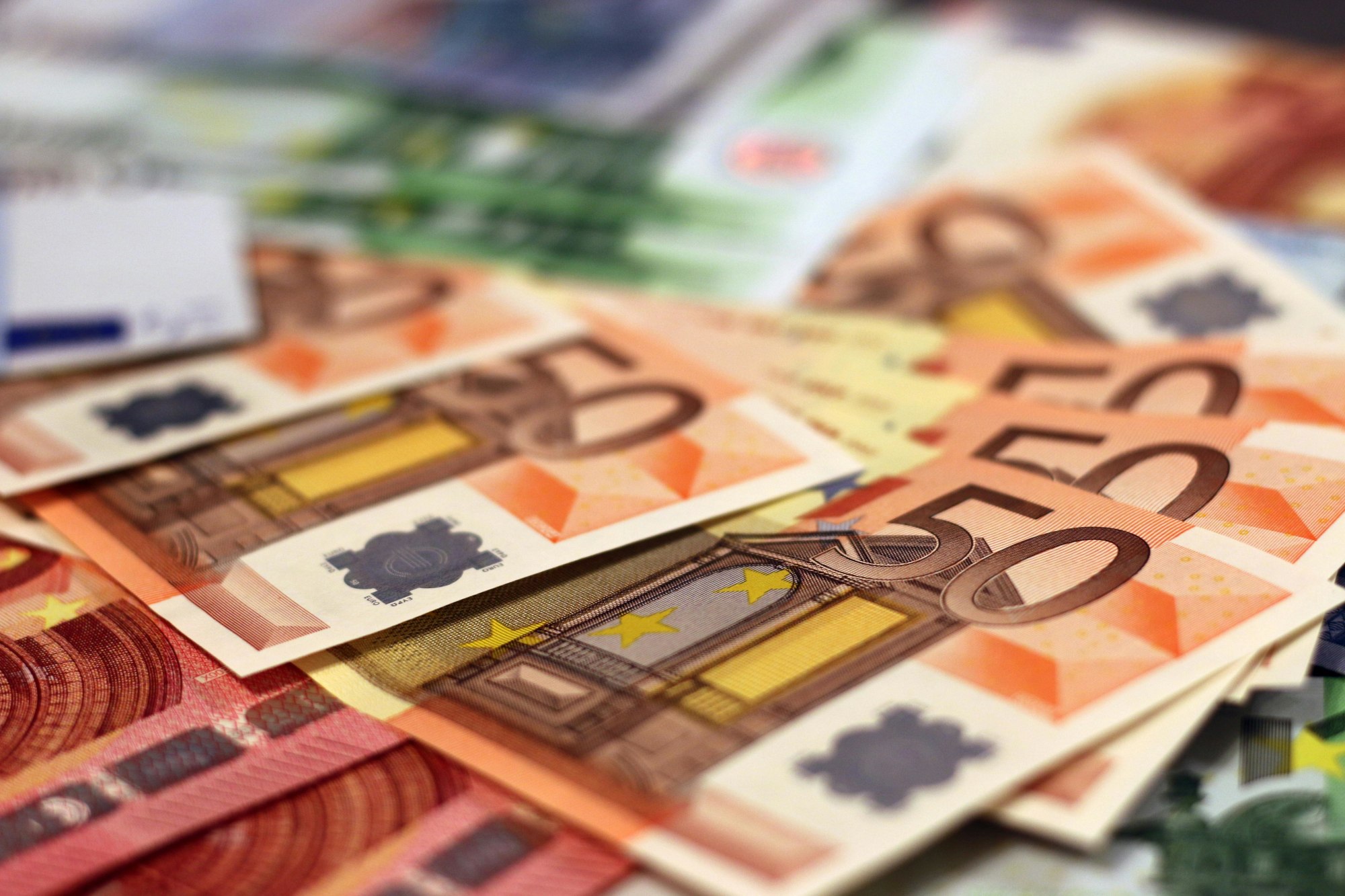Invest
RBA predicted to cut cash rate by late 2020
Leading economist Dr Shane Oliver of AMP Capital explains how a drop in house prices, tightening credit conditions and a marked slowdown in growth will force the RBA’s hand to make a rate cut.
RBA predicted to cut cash rate by late 2020
Leading economist Dr Shane Oliver of AMP Capital explains how a drop in house prices, tightening credit conditions and a marked slowdown in growth will force the RBA’s hand to make a rate cut.

GDP rose by just 0.3 per cent in the September quarter, and this saw annual growth slow to 2.8 per cent year on year. This was well below market (and RBA) expectations for growth around 3.4 per cent year on year.
To some degree, the slowdown in the September quarter reflects payback after two surprisingly strong quarters, but it also highlights the uncertainty around consumer spending as house prices slide and business investment remains patchy.
We still see the risk of a recession in Australia as being low, but the rising list of downside risks to growth also means that growth is likely to be constrained at around 2.5 to 3 per cent over the year ahead as opposed to achieving the RBA’s expectation for growth “to average around 3.5 per cent”.
There are a few main points investors should take into consideration from the September quarter GDP.

- Consumer spending slowed to just 0.3 per cent quarter on quarter or 2.5 per cent year on year.
Looking forward, apart from quarterly volatility, consumer spending is likely to remain under pressure. Yes, employment growth has been strong, but this is predicted to slow as wages growth is likely to remain weak (with average earnings up just 1.2 per cent year on year in the September quarter) and households unlikely to have the confidence to run down their savings further in the face of declining home values.
While the household saving rate was revised up, it’s still just 2.4 per cent, which is down from around 9 per cent in 2011 and more than a 10-year low. Likely, fresh tax cuts next year might help, but it’s doubtful they will be enough.
- Housing investment rose 1 per cent quarter on quarter and contributed 0.1 percentage points to growth.
While there is still a decent pipeline of work yet to be finished, housing investment will likely slow as the downtrend in building approvals flows through. This, in turn, will act as a drag on consumer spending via slower demand for household goods.
- Underlying business investment fell by 1.9 per cent quarter on quarter.
This takes into account asset transfers between the private and public sector. Investment detracted 0.2 percentage points from growth.
Mining investment is continuing to fall, but it’s getting near the bottom and the outlook for non-mining investment has improved.
- The infrastructure spending boom continues.
Underlying government spending – which takes into account asset transfers between the private and public sector – rose 1.5 per cent quarter on quarter and contributed 0.4 percentage points to growth. Public spending is likely to make a continuing solid contribution to growth over the next year.
- Inventories detracted 0.3 percentage points from growth.
- Net exports made a 0.3 percentage point contribution to growth.
The outlook for export growth is still positive, thanks to resource exports and as service exports like tourism and education continue to grow.
However, the contribution to growth is likely to slow going forward and is at risk if the US trade war with China is not resolved next year.
- Inflation pressures and wages are still subdued.
Inflation, as measured by the private final consumption deflator, was just 0.4 per cent quarter on quarter or 1.6 per cent year on year. Average compensation per employee was up by just 0.2 per cent quarter on quarter or 1.2 per cent year on year.
Real unit wages costs are falling at the rate of 1.5 per cent year on year.
What could this mean going forward?
The Australian economy continues to grow, but it’s slowed back to a subpar pace after a brief spurt.
A bottoming in mining investment, improving non-mining investment, strong infrastructure spending and strong export earnings should support growth going forward but are likely to be offset by the downturn in housing construction and house prices weighing on consumer spending.
As such, growth is likely to be stuck around 2.5 to 3 per cent over the year ahead.
Given the combination of falling house prices, tightening credit conditions and constrained growth, which will keep wages growth weak and inflation below target, we are changing our view on the RBA from anticipating rates to be on hold until the second half of 2020 to now seeing the next move being a rate cut.
However, with the RBA still seeing the next move as being up, it will take them a while to change their thinking, so we don’t see rates being cut until second half of next year.
When it does start cutting, the RBA will likely stick to 0.25 per cent increments and, since rate moves are a bit like cockroaches, there is likely to be more than one. This, in turn, will ultimately weigh on the Australian dollar.

Investment insights
Centuria announces senior internal promotions, strengthening leadership team for new property growth cycle
Centuria Capital Group (ASX: CNI or "Centuria") has strengthened its senior management structure with several internal promotions, effective from Monday, 15 April 2024. The new senior roles are part ...Read more

Investment insights
Institutions and wealth managers favour fixed income over equities, research shows
New research from Managing Partners Group (MPG), the international fund management group, shows professional investors believe fixed income is becoming more attractive than equities over the next 12 ...Read more

Investment insights
Gold prices soar to record high: Two surprising factors fueling the surge
Gold prices have hit a fresh record high, nearing $2,300 an ounce in Thursday trading, and while geopolitical tensions and expectations of interest rate cuts by the US Federal Reserve are commonly ...Read more

Investment insights
Alternative fund managers expect increased fines for regulatory breaches, survey reveals
A new study by Ocorian, a market leader in regulation and compliance services, has revealed that alternative fund managers anticipate a rise in fines for breaking regulations in their sectorsRead more

Investment insights
Institutional investors set to increase allocations to illiquid assets, MPG research reveals
A new study by international asset management company Managing Partners Group (MPG) has found that more than three-quarters (78%) of institutional investors and wealth managers plan to increase their ...Read more

Investment insights
Vanguard reduces management fee for its Australian Government Bond Index ETF
Vanguard Australia has announced a reduction in the management fee for its Vanguard Australian Government Bond Index ETF (ASX:VGB) by four basis points to 0.16% per annum, effective from Monday. Read more

Investment insights
Institutional investors and wealth managers recognise digital assets' role in diversification
A new global research study by London-based Nickel Digital Asset Management (Nickel), a regulated and award-winning digital assets hedge fund manager, reveals growing mainstream acceptance of digital ...Read more

Investment insights
Chinese and European brands dominate top 5 most valuable insurance brands: Brand Finance report
The latest Brand Finance Insurance 100 2024 report reveals that Chinese and European brands continue to dominate the ranking of the world's most valuable insurance brands. Read more

Investment insights
Centuria announces senior internal promotions, strengthening leadership team for new property growth cycle
Centuria Capital Group (ASX: CNI or "Centuria") has strengthened its senior management structure with several internal promotions, effective from Monday, 15 April 2024. The new senior roles are part ...Read more

Investment insights
Institutions and wealth managers favour fixed income over equities, research shows
New research from Managing Partners Group (MPG), the international fund management group, shows professional investors believe fixed income is becoming more attractive than equities over the next 12 ...Read more

Investment insights
Gold prices soar to record high: Two surprising factors fueling the surge
Gold prices have hit a fresh record high, nearing $2,300 an ounce in Thursday trading, and while geopolitical tensions and expectations of interest rate cuts by the US Federal Reserve are commonly ...Read more

Investment insights
Alternative fund managers expect increased fines for regulatory breaches, survey reveals
A new study by Ocorian, a market leader in regulation and compliance services, has revealed that alternative fund managers anticipate a rise in fines for breaking regulations in their sectorsRead more

Investment insights
Institutional investors set to increase allocations to illiquid assets, MPG research reveals
A new study by international asset management company Managing Partners Group (MPG) has found that more than three-quarters (78%) of institutional investors and wealth managers plan to increase their ...Read more

Investment insights
Vanguard reduces management fee for its Australian Government Bond Index ETF
Vanguard Australia has announced a reduction in the management fee for its Vanguard Australian Government Bond Index ETF (ASX:VGB) by four basis points to 0.16% per annum, effective from Monday. Read more

Investment insights
Institutional investors and wealth managers recognise digital assets' role in diversification
A new global research study by London-based Nickel Digital Asset Management (Nickel), a regulated and award-winning digital assets hedge fund manager, reveals growing mainstream acceptance of digital ...Read more

Investment insights
Chinese and European brands dominate top 5 most valuable insurance brands: Brand Finance report
The latest Brand Finance Insurance 100 2024 report reveals that Chinese and European brands continue to dominate the ranking of the world's most valuable insurance brands. Read more






